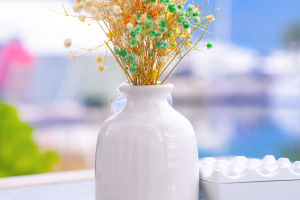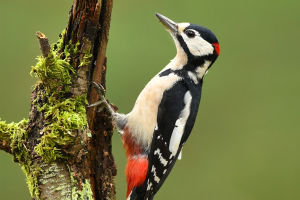People have always been very interested in the ocean. In the vast and rich marine realm, there are many kinds of interesting creatures living in it.
Like coral, seaweed, and various kinds of fish, the sea anemone is one of the most valuable treasures that nature has given to mankind. Often found in the crevices of the intertidal reefs along the coast, the structure of the anemone is similar to that of coral, thus earning it the affectionate title of a close relative of coral. From its appearance, it looks like a plant, leading to it often being misunderstood as such. However, in reality, the anemone is a kind of animal. Not only is it a beloved aquarium animal for fish lovers, but it is also a delicious food for people's tables.
With the improvement in people's living standards, the demand for food has been increasing. Seafood, which is usually rare, has become a regular item on people's dinner tables. One of the most representatives is the sea anemone. Those familiar with sea anemones should know that when fished out, they secrete a kind of mucus. If touched, it can cause itching and red spots all over the body. In fact, most sea anemones are not edible and can cause poisoning.
Clownfish, also known as "anemone fish", have a special relationship with anemones. They are native to the warmer waters of the Indian and Pacific Oceans, including the Great Barrier Reef and the Red Sea. While most species have a restricted distribution, some are very widely distributed, living in shallow lagoons or coral reefs on the bottom of shallow seas from the Indo-Pacific, Red Sea, north to southern Japan, south to Australia and Sydney. Sea anemones are plants with poisonous tentacles, but clownfish are immune to this toxin. Clownfish hide in the anemone when they are attacked by other fish, and in turn, protect the anemone when it encounters fish that want to eat it. This creates a mutually beneficial symbiotic relationship.
However, anemones also have natural enemies; some species of fish feed exclusively on them. For example, flounder. In this case, it is the clownfish that will protect the anemone, fighting with the flounder for it. Sometimes, the clownfish will also eat the leftover food scraps of the anemone, as well as any garbage and parasites on it. From the above introduction, it can be seen that they have a mutually beneficial symbiotic relationship with each other.
Clownfish and anemones have a mutually beneficial symbiotic relationship, so when breeding clownfish, you can place some anemones at the same time. Clownfish are selective about anemones, and they have their own preferred species, such as the "nipple anemone," which is relatively inexpensive, and the "long beard carpet anemone," which is more expensive. Other options include the "princess anemone," the "long-whiskered purple anemone," and so on.


